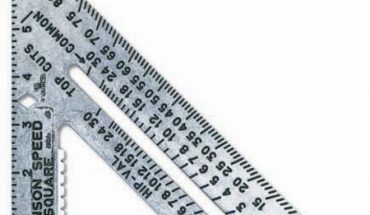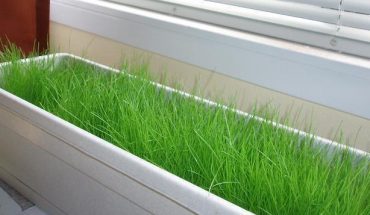If you’re looking to save money, time and effort in watering your plants and keeping them healthy, a soaker hose could be just what you need.
This type of hose does not require you to walk around your garden in order to water all the plants that you have which means you will be saving up on your efforts each time the plants need to be watered.
This hose also does not waste water unlike with sprinklers so you also save on time and money. Also, soaker hoses are usually made from recycled rubber hence; you will likewise be helping the environment in your own small way by using recycled materials.
After the initial installation, there’s nothing else you need to do except turn on your water spigot when you need to water the plants.
How to Use Soaker Hose
Lay the soaker hose on a flat and even surface, going around your plant beds or you can also lay them in a straight line. Make sure that the hose will reach the roots of the plants evenly so you have to space them at least eighteen inches apart.
You can use garden tacks to hold the hose down and keep it in place. You will find that brand new soaker hoses have the tendency to coil back so you need to put in some kind of support to hold it in place.
You can camouflage the hose with mulch so it won’t show on your garden bed.
When using the soaker hose, make sure that you do not drown the plants and their roots with too much water. Since you will be reaching down the roots of the plants, you do not need to water them frequently.
Maintaining a Soaker Hose
You do not need to regularly clean the soaker hose in order to keep it working properly. However, if you do notice that some portions in your garden are not getting enough water, there could be something blocking the hose.
To get rid of any blockage, take out the cap and run water down through the hose. Place the cap back on once you have removed the clog.
Since your plants will not need much watering during the cold season, it is best to store your hose to keep it from harsh cold of winter. This will prolong its shelf life.
Make sure that you clean out the hose thoroughly, removing soil from the surface and clearing the inside of the hose from any clogs before storing.
Keep in a dry place and install again once the weather requires you to regularly provide water for the plants once more.





